Buy this painting Ernst Ludwig Kirchner's Portrait of a Woman (1911) by Studio POPPY as a reproduction on canvas, ArtFrame, poster and wallpaper, printed on demand in high quality.
About "Ernst Ludwig Kirchner's Portrait of a Woman (1911)"
by Studio POPPY
About the artwork
Ernst Ludwig Kirchner's Portrait of a Woman (1911)
Stylistically, Kirchner's truly autonomous work in his Die Brücke period is characterized, like all of his work, by a very primary use of color. At the same time, much attention was paid to autonomous expression. However, the collectivity of the style sometimes makes it difficult to distinguish the different artists. Within Die Brücke, however, Kirchner is considered a forerunner, something he gladly confirmed, including by antedating his work. Among other things, this pride led to the breakup of Die Brücke.
Kirchner was particularly influenced by Vincent van Gogh and Edvard Munch, whose works were exhibited in 1905 and 1906. Starting in 1909, the art of Oceania and, to a lesser extent, Africa became an important source of inspiration for Kirchner, although he himself claimed it was 1903. During his development, Kirchner also studied Impressionism and Pointillism, but this did not appeal to him. He preferred to graft himself onto post-impressionism. Kirchner's lover, Doris Grosse, was his main model. We see her frequently in his paintings.
From 1910 onwards Kirchner painted many cityscapes ('Großstadtbilder'), mainly of Berlin. A famous work from this time is Potsdamer Platz in Berlin, in which he depicted two prostitutes.[1] In Kirchner's works, the fringe figures of society often had a leading role.

About Studio POPPY
Nicoline studied at the Art Academy of Groningen. In 2011, she founded Studio POPPY and designs printed matter and wall decorations. Studio POPPY is located in the heart of Amsterdam... Read more…
 Germany
Germany Ordered in May 2023
Ordered in May 2023
 Netherlands
Netherlands Ordered in October 2019
Ordered in October 2019
 Netherlands
Netherlands Ordered in May 2021
Ordered in May 2021
 Germany
Germany Ordered in July 2021
Ordered in July 2021
 Germany
Germany Ordered in April 2021
Ordered in April 2021
 Netherlands
Netherlands Ordered in September 2019
Ordered in September 2019
 Germany
Germany Ordered in November 2020
Ordered in November 2020
 Netherlands
Netherlands Ordered in October 2017
Ordered in October 2017
 Germany
Germany Ordered in June 2025
Ordered in June 2025
 Germany
Germany Ordered in February 2024
Ordered in February 2024
 Netherlands
Netherlands Ordered in August 2018
Ordered in August 2018
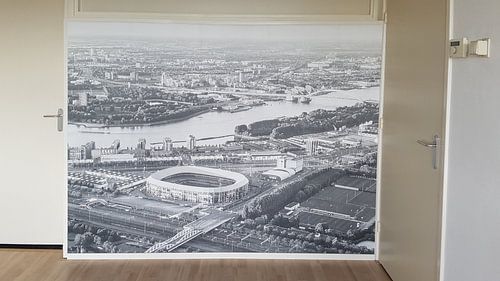
 Netherlands
Netherlands Ordered in November 2024
Ordered in November 2024
About the material
ArtFrame™
Interchangeable Art Prints
- High-quality print
- Easily interchangeable
- Acoustic function
- Large sizes available
Discover the artworks of Studio POPPY
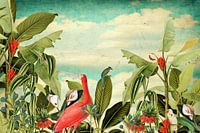 Botanical with tropical birds and flowersStudio POPPY
Botanical with tropical birds and flowersStudio POPPY Jungle with panda, toucan, bird of paradise, bear, tiger and monkeys.Studio POPPY
Jungle with panda, toucan, bird of paradise, bear, tiger and monkeys.Studio POPPY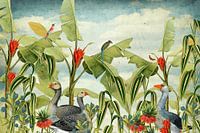 Botanical with geese, tropical birds and flowersStudio POPPY
Botanical with geese, tropical birds and flowersStudio POPPY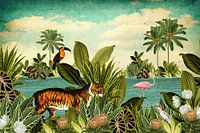 Jungle with toucan, flamingo and tigerStudio POPPY
Jungle with toucan, flamingo and tigerStudio POPPY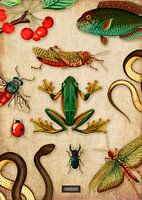 Tropical blackboard with reptiles and insectsStudio POPPY
Tropical blackboard with reptiles and insectsStudio POPPY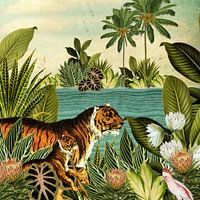 Jungle with tiger and tropical plantsStudio POPPY
Jungle with tiger and tropical plantsStudio POPPY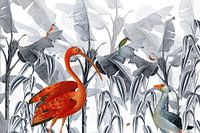 Jungle garden with tropical birdsStudio POPPY
Jungle garden with tropical birdsStudio POPPY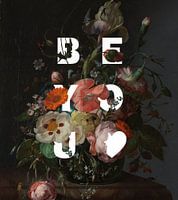 Rijksmuseum bouquet classic modern 'Be YouStudio POPPY
Rijksmuseum bouquet classic modern 'Be YouStudio POPPY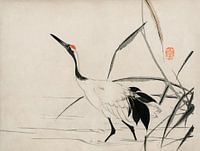 Traditional portrait of an elegant Japanese crane by Mochizuki GyokusenStudio POPPY
Traditional portrait of an elegant Japanese crane by Mochizuki GyokusenStudio POPPY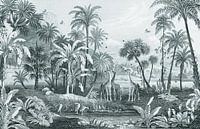 Botanical vintage jungle plate with giraffes and birdsStudio POPPY
Botanical vintage jungle plate with giraffes and birdsStudio POPPY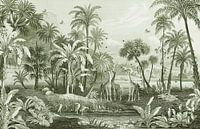 Vintage jungle with giraffes and birds. Palms and ferns.Studio POPPY
Vintage jungle with giraffes and birds. Palms and ferns.Studio POPPY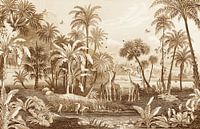 Jungle vintage with giraffes, ferns, palms and water with birds.Studio POPPY
Jungle vintage with giraffes, ferns, palms and water with birds.Studio POPPY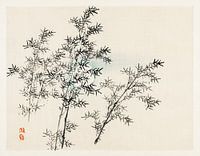 Bamboo by Kōno Bairei (1844-1895).Studio POPPY
Bamboo by Kōno Bairei (1844-1895).Studio POPPY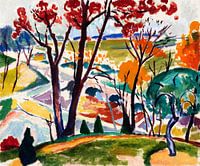 Landscape, bridge, Huntingdon Valley (ca.1915-1916) by Henry Lyman Sayen.Studio POPPY
Landscape, bridge, Huntingdon Valley (ca.1915-1916) by Henry Lyman Sayen.Studio POPPY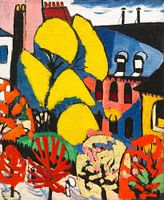 Trees (ca.1912-1914) painting by Henry Lyman Sayen.Studio POPPY
Trees (ca.1912-1914) painting by Henry Lyman Sayen.Studio POPPY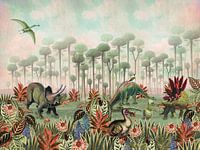 Prehistory with various dinosaursStudio POPPY
Prehistory with various dinosaursStudio POPPY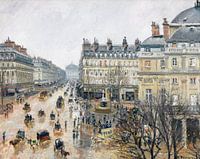 French Theater Square, Paris (1898) painting by Camille Pissarro.Studio POPPY
French Theater Square, Paris (1898) painting by Camille Pissarro.Studio POPPY Knokke (1894) by Camille Pissarro.Studio POPPY
Knokke (1894) by Camille Pissarro.Studio POPPY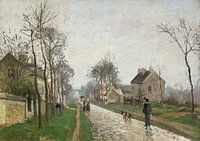 Camillo Pissarro.Studio POPPY
Camillo Pissarro.Studio POPPY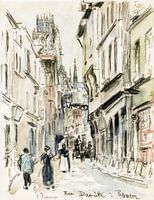 Rue Damiette, Rouen (c. 1884) by Camille PissarroStudio POPPY
Rue Damiette, Rouen (c. 1884) by Camille PissarroStudio POPPY
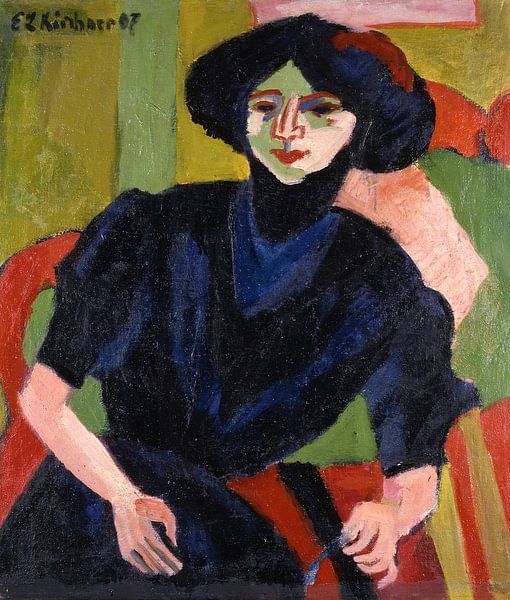

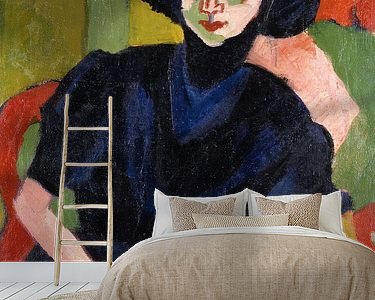


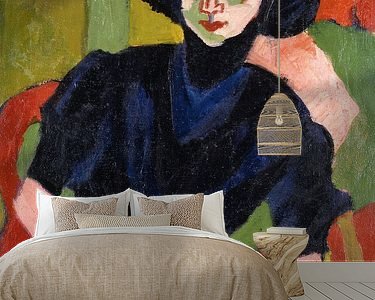







 Expressionism
Expressionism Female
Female Serene Peace
Serene Peace









